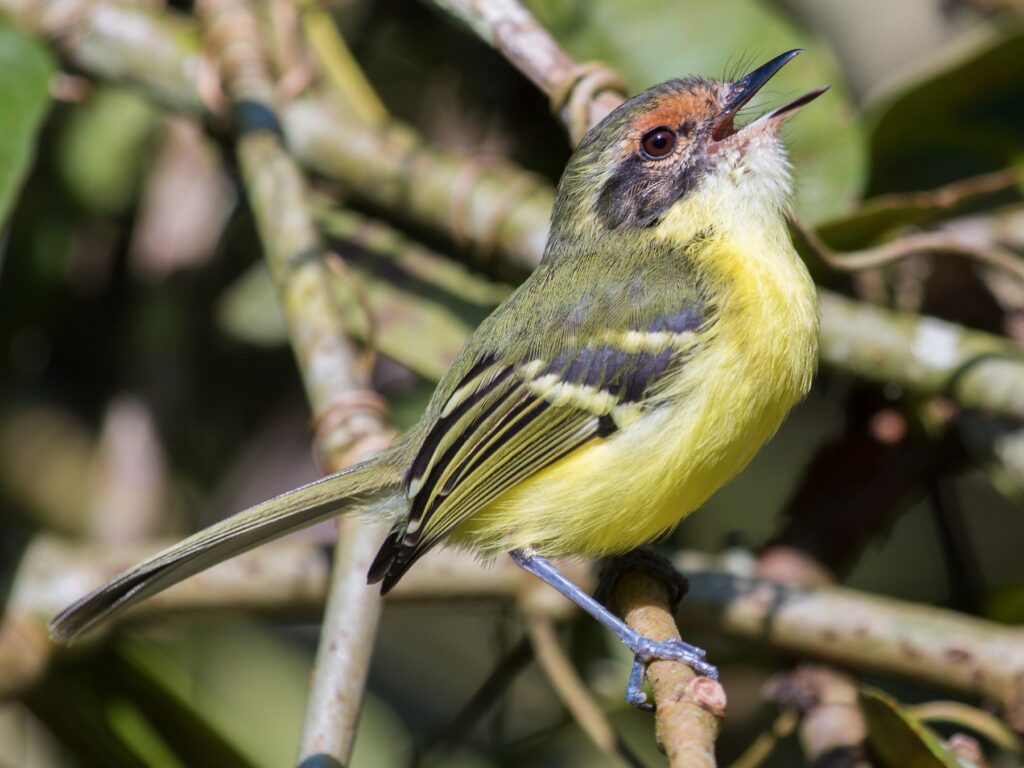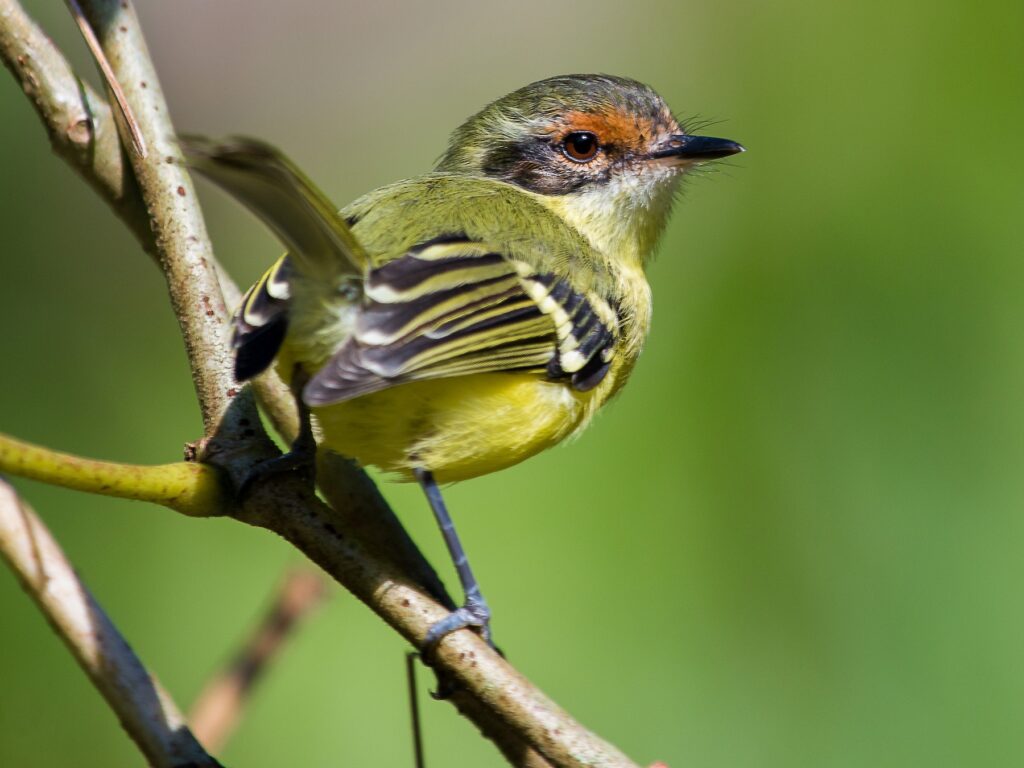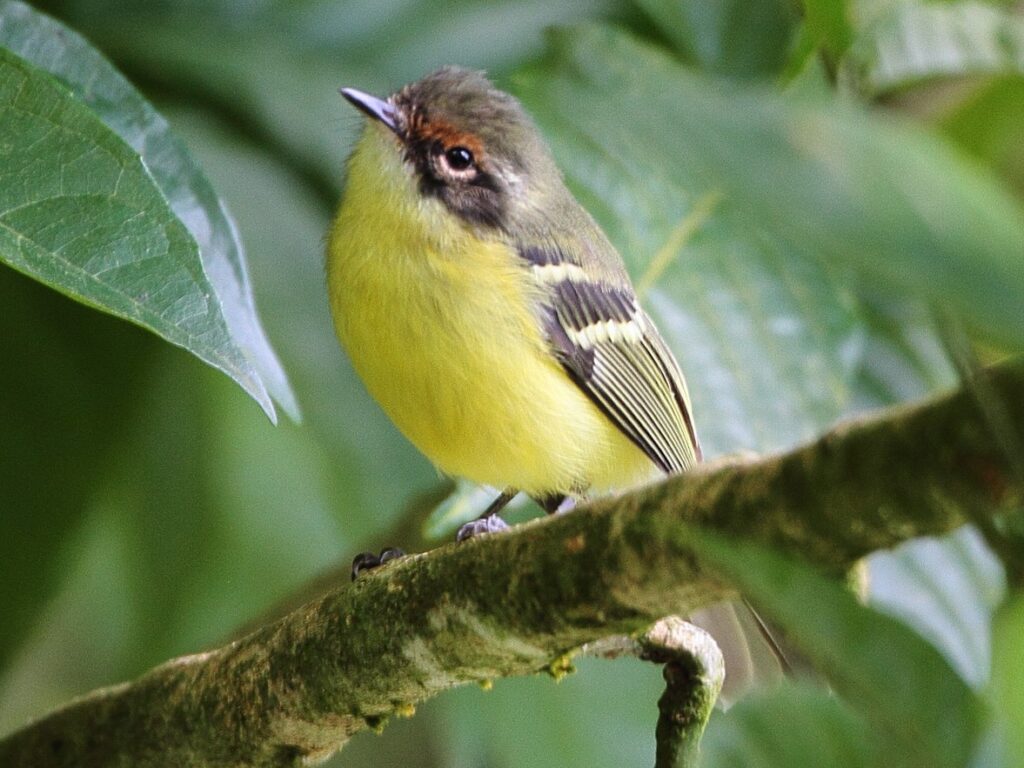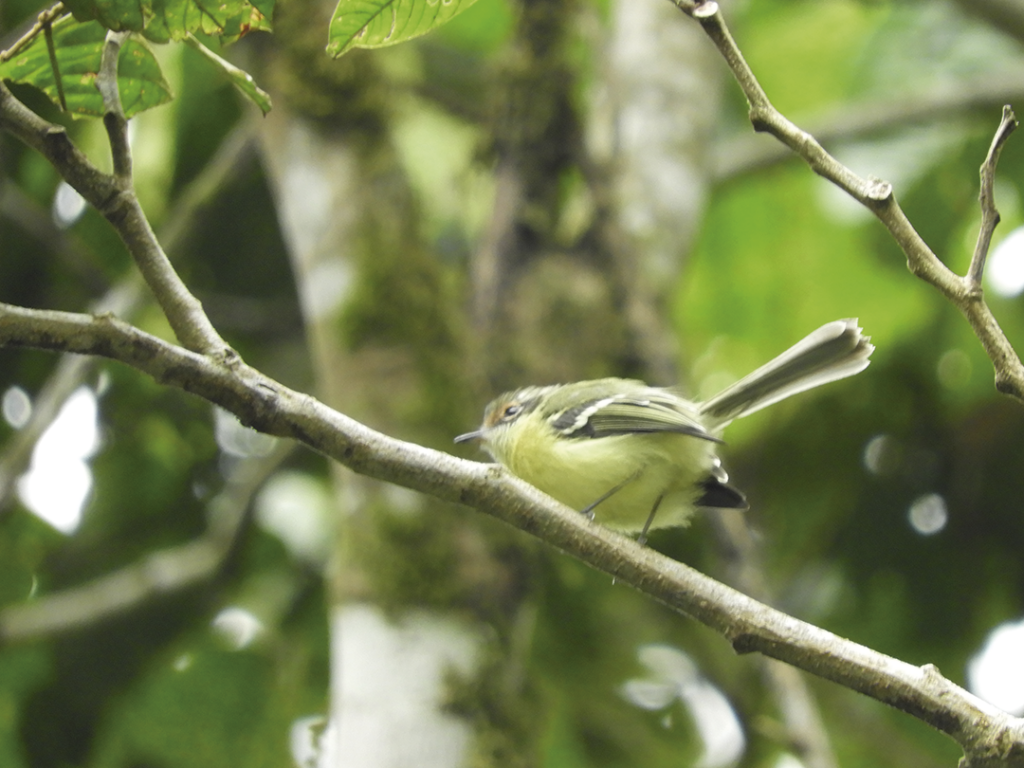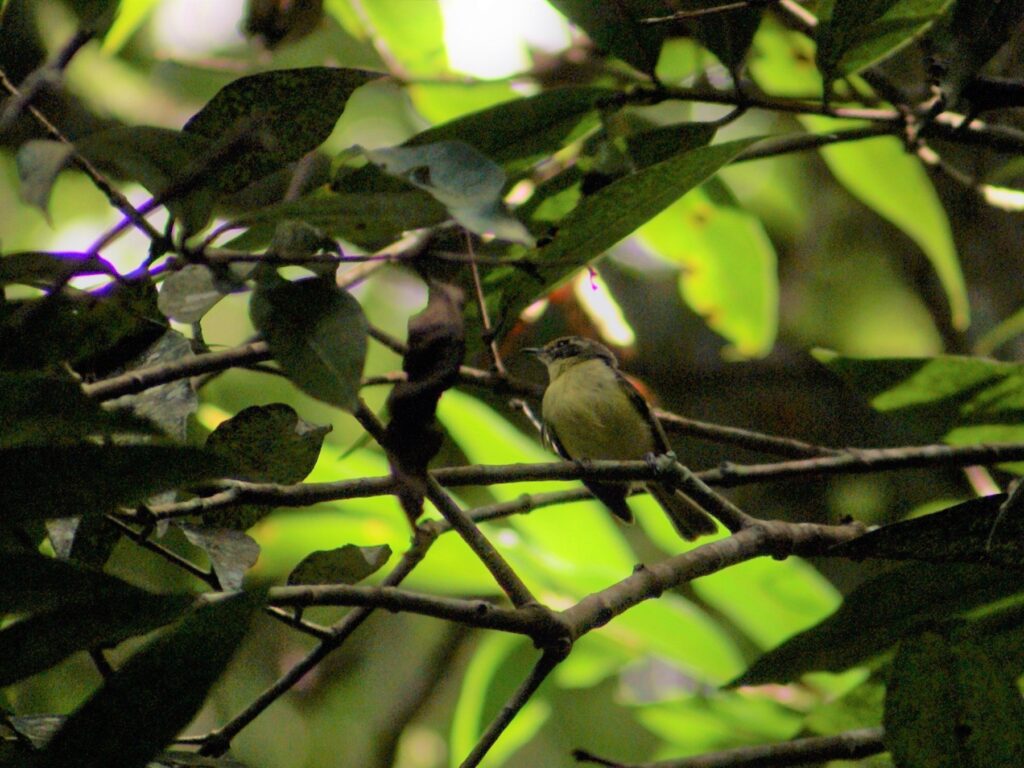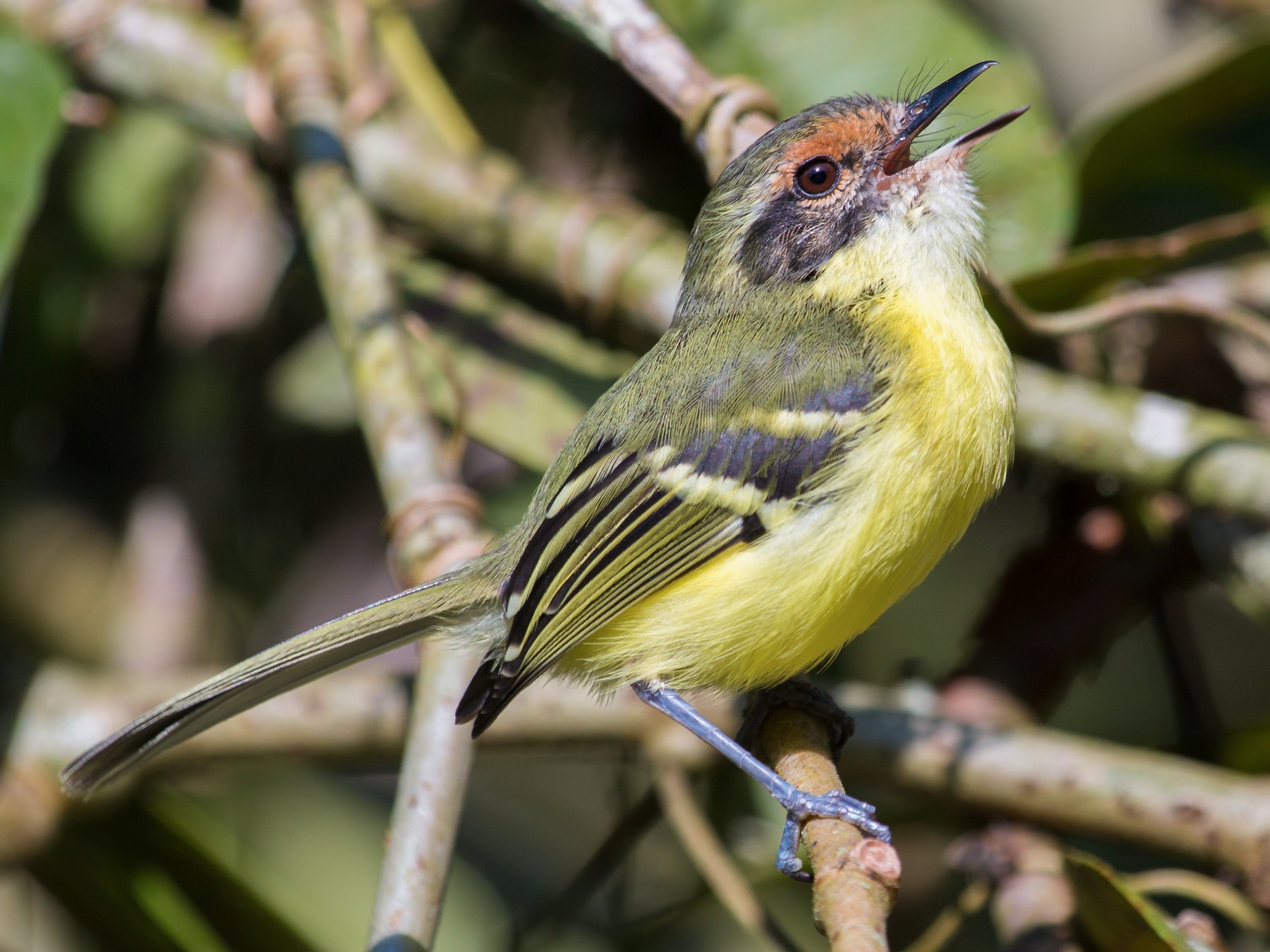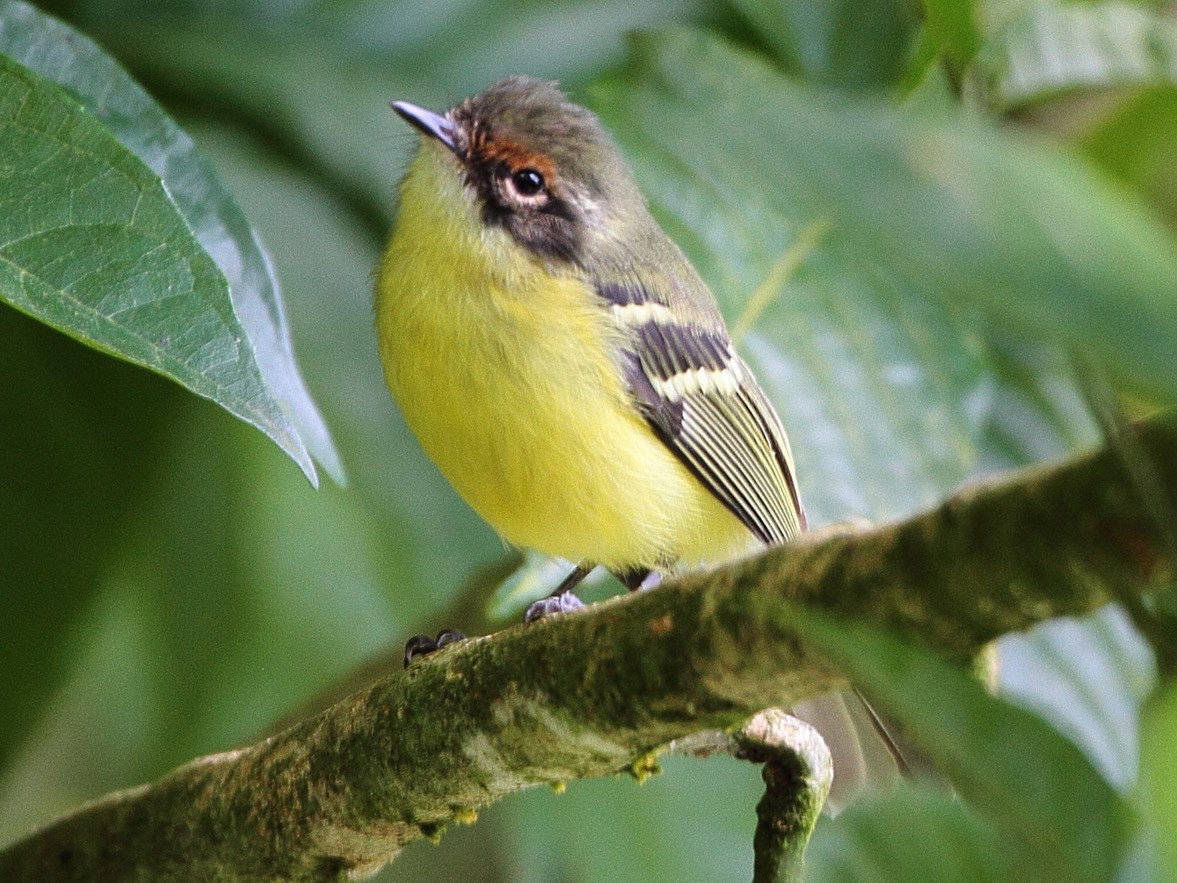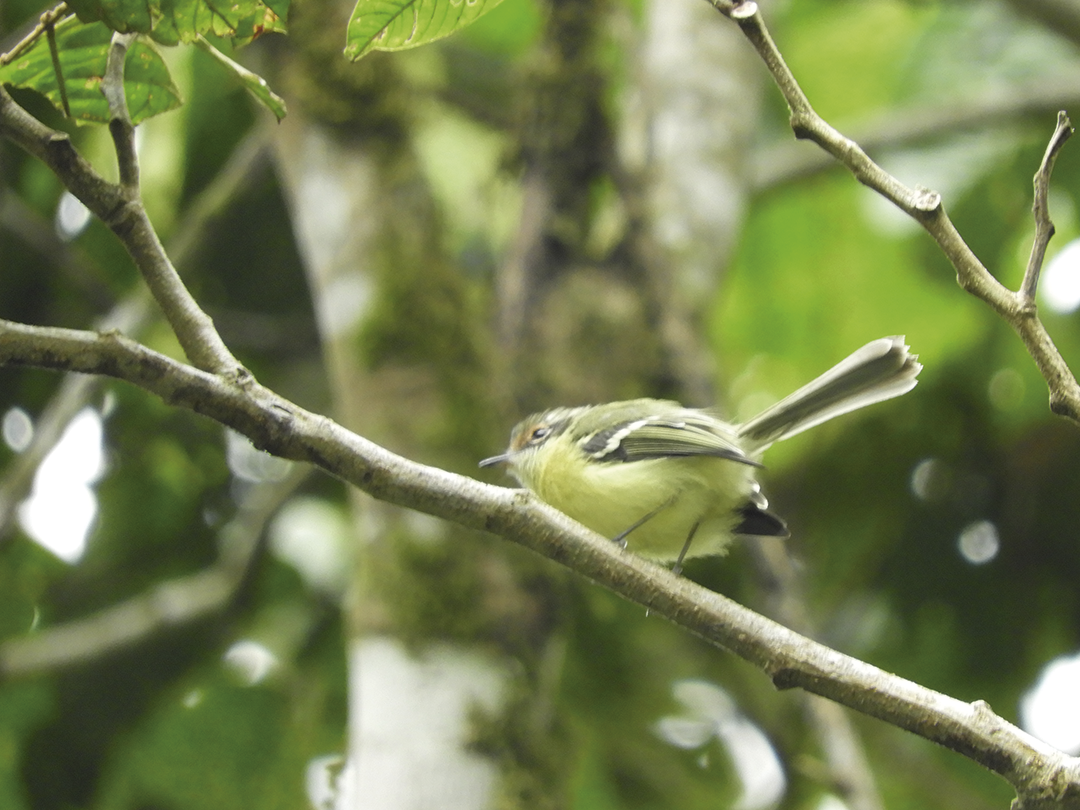Rufous-lored Tyrannulet: A Fascinating Glimpse into a Unique Bird Species
The Rufous-lored Tyrannulet is a small bird native to parts of South America. Its rufous lore stands out, making it easy to tell apart from other similar species.
Birdwatchers often find themselves drawn in by its odd little calls and quirky behaviors. For such a tiny bird, it sure knows how to grab your attention.
You’ll mostly spot the Rufous-lored Tyrannulet in the high-altitude forests of the Atlantic Forest region. It likes dense, shrubby spots where it can stay hidden and safe.
Its presence says a lot about the health of its habitat. If you’re interested in conservation, learning about this bird is a step in the right direction—bird conservation depends on understanding species like this one.
Key Takeaways
- The Rufous-lored Tyrannulet stands out for its physical traits and unique calls.
- It lives in high-altitude forests, which are crucial to its survival.
- Conservation matters a lot for this species and its habitat.
The Rufous-lored Tyrannulet is a small bird with some pretty memorable features. Let’s get into its taxonomy, physical quirks, and what people call it.
Overview of the Rufous-lored Tyrannulet
Taxonomy and Classification
This bird belongs to the Tyrannidae family, a big group that includes tyrant flycatchers. Scientists place it in the Phylloscartes genus, specifically as Phylloscartes flaviventris.
It’s part of the Passeriformes order, which covers most songbirds you’ll hear in the wild. The Rufous-lored Tyrannulet shares ties with other tyrannulets but shows off its own set of traits.
People sometimes confuse it with the Cinnamon-faced Tyrannulet. Knowing its classification helps ornithologists figure out its habits and where it fits in the bigger bird family tree.
Physical Features and Identification
This bird is tiny—about 12 centimeters long, give or take. The rufous patch near its bill is a dead giveaway, and its underparts show off a yellowish color that pops against the olive-green upperparts.
It looks a bit like other Phylloscartes members, like the Rufous-vented Tyrannulet, but it keeps a short tail and a slim, nimble build. If you’re listening, its high-pitched call can help you pick it out from the forest crowd.
Sign Up for Our Monthly Newsletter
Every month we send out our newsletter about interesting (and sometimes quirky) things happening in the world of birding. Give it a try!
Common and Scientific Names
Most folks call it the “Rufous-lored Tyrannulet,” which pretty much says it all. Scientifically, it’s Phylloscartes flaviventris—”flaviventris” comes from Latin, meaning “yellow belly.”
Depending on where you are, you might hear it called “tyranneau masqué” in French or “orejerito amarillo” in Spanish. Regional names like these make it easier to talk about the bird across different countries.
Distribution and Habitat
The Rufous-lored Tyrannulet sticks to a pretty specific range and likes certain habitats. Knowing where it lives matters for conservation and for anyone hoping to spot one.
Geographic Range
You’ll find this bird in the tropical and subtropical regions of South America. Its range covers parts of Ecuador, Peru, and the Venezuelan Coastal Range.
In eastern Ecuador, it favors thick, wooded areas teeming with life. Peru offers similar forested spots—always at elevations between 600 and 1,800 meters, give or take.
Preferred Ecosystems
The Rufous-lored Tyrannulet goes for tropical moist montane forests. These forests are humid, packed with greenery, and just bursting with bird life—avian species everywhere.
It usually hangs out where tall trees, shrubs, and dense undergrowth mix together. These forests have plenty of food and make great spots for breeding and nesting.
Habitat Characteristics
This bird needs certain features to thrive. It likes habitats with a layered canopy, which gives it lots of places to forage and hide.
The forest mix of deciduous and evergreen species makes the place even more interesting. On the ground, you’ll find leaf litter and small plants, which support the bugs the Tyrannulet eats.
All these features help keep insect populations up, so the Tyrannulet has plenty to eat. It’s a good reminder why protecting these forests matters so much.
Behavior and Ecology
The Rufous-lored Tyrannulet has some quirky behaviors and fills a unique niche in its habitat. Its diet, nesting habits, and ways of communicating all play a part in how it survives.
Diet and Foraging
It mostly munches on insects and other tiny invertebrates. You’ll often catch it hovering or snatching bugs off leaves and branches in the forest understory.
When bugs are scarce, it’ll go for fruits and seeds. It’s surprisingly agile for such a small bird and doesn’t waste time when hunting.
If you get the chance to watch its foraging tactics, you’ll see how it helps keep the ecosystem balanced by controlling insect numbers.
Breeding and Nesting Behavior
The breeding season usually lines up with the rainy months. The Rufous-lored Tyrannulet builds its nest deep in shrubs or small trees to keep things private.
These nests are tight little constructions, made with moss, spider silk, and plant fibers. The female lays two or three eggs, and both parents share the chores—incubating and feeding the chicks.
By working together, they boost the odds that their chicks will survive. Hiding the nest in dense spots also keeps predators away, giving fledglings a real shot at growing up.
Vocalizations and Communication
These birds have some pretty distinct calls. They use their voices to chat with mates and mark their territory.
Their songs are soft and melodic, with subtle shifts in tone. The calls can warn off rivals or alert others to danger—handy skills in a busy forest.
There’s a lot to learn from how they communicate. Their variety of sounds shows just how adaptable and social they really are.
Conservation Status and Threats
The Rufous-lored Tyrannulet faces some tough odds. Its survival depends on understanding the threats it faces and what’s being done to help.
IUCN Status and Legal Protection
The International Union for Conservation of Nature (IUCN) lists the Rufous-lored Tyrannulet as “Endangered.” That means it’s at a high risk of disappearing from the wild if things don’t change.
Legal protections differ depending on the country, but they often include habitat protection. Conservation groups are pushing for more safeguards in the places where this bird still hangs on.
Getting the word out about its status is crucial. People can’t help if they don’t know what’s at stake.
Potential Threats and Conservation Challenges
The main threat is habitat loss—farms and cities keep spreading, and forests shrink. When forests go, so does the Tyrannulet’s home and food supply.
Pollution and climate change only make things worse. Shifts in weather can mess with breeding cycles, and new roads bring more humans into sensitive areas.
Researchers still don’t have enough data on population numbers or breeding habits. Without solid info, it’s tough to create solid conservation plans.
If you want to dive deeper into the threats this species faces, check out the IUCN Red List. It’s a sobering read, but important.
Related and Similar Species
Other birds in the same family share similarities with the Rufous-lored Tyrannulet. Comparing them helps highlight what makes this one stand out.
Ecuadorian Tyrannulet
The Ecuadorian Tyrannulet (Phylloscartes gualaquizae) likes similar habitats. You’ll find it in the Andean forests of Ecuador.
It’s got olive-green feathers and a rounded shape—not too flashy. This bird prefers thickets and forest edges, and its sharp call sets it apart if you’re listening closely.
It tends to stick to lower vegetation, which can make spotting it a bit of a challenge.
White-lored Tyrannulet
The White-lored Tyrannulet, from the same genus, offers a good point of comparison. You’ll find it in the cloud forests of northern South America, and the white lore around its eyes is pretty hard to miss.
Its body is lighter in color, and it has a more pronounced facial pattern. Like the Rufous-lored Tyrannulet, it likes moist, shaded environments, but the white lore really makes it stand out.
Rufous Casiornis and Other Tyrannulets
Rufous Casiornis is another relative in the Tyrannidae family. Unlike the Rufous-lored Tyrannulet, it shows off rufous-colored underparts instead.
This bird prefers open areas, not dense forests. It’s a bit sturdier and often sits out in the open on branches. The contrast between these two birds just shows how much variety you can get in one family.
Sooty-headed Tyrannulet
The Sooty-headed Tyrannulet is another intriguing relative of the Rufous-lored Tyrannulet.
This species stands out because of its dark crown and face, which gives it a look you won’t mistake for the Rufous-lored.
You’ll usually spot it darting around in montane forests, moving quickly among the branches.
It tends to keep a low profile, but its calls echo through the humid forest understory if you listen closely.
Frequently Asked Questions
The Rufous-lored Tyrannulet is a small bird, packed with unique features and quirky behaviors.
If you want to really appreciate this species, it’s worth knowing a bit about its looks, habits, and the challenges it faces.
What are the distinctive physical characteristics of the Rufous-lored Tyrannulet?
This little bird measures just 10 to 12 centimeters long—pretty tiny.
Its standout feature? A rufous patch near the ear, which is where it gets its name.
The upper parts look olive-green, while the underparts are pale with a splash of yellow.
Where is the Rufous-lored Tyrannulet’s natural habitat?
You’ll find this bird in subtropical or tropical moist lowland forests.
It shows up in places like Colombia and Venezuela, usually sticking to dense greenery near water.
This spot gives it plenty of cover and easy access to food.
What does the Rufous-lored Tyrannulet typically feed on?
The Rufous-lored Tyrannulet mostly eats small insects and other invertebrates.
It hops around, picking food off leaves and branches, and sometimes samples nectar from flowers for a change.
How does the Rufous-lored Tyrannulet’s breeding behavior manifest?
When it’s time to breed, the Rufous-lored Tyrannulet builds cup-shaped nests in thick foliage.
The female usually lays two or three eggs and handles the incubation herself.
What are the main threats to the Rufous-lored Tyrannulet’s population?
Habitat loss is the biggest threat, mostly from deforestation and land being cleared for farming.
Climate change also puts pressure on its habitat, which doesn’t really help matters.
How is the Rufous-lored Tyrannulet’s population distributed geographically?
The Rufous-lored Tyrannulet lives mostly in northwestern South America. You’ll spot it in spots across Colombia and Venezuela.
This bird tends to stick to certain regions where it can find the right habitat. It doesn’t just pop up anywhere—it’s a bit picky about where it hangs out.

